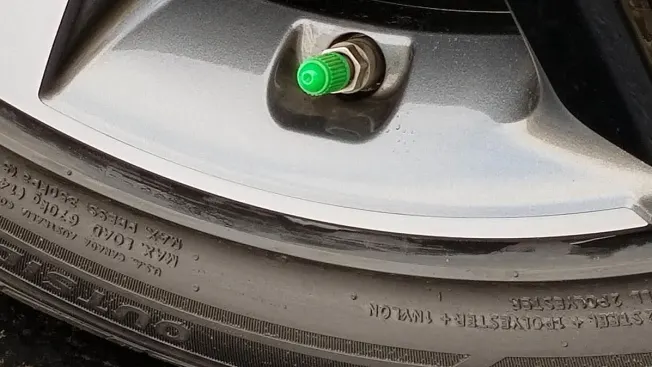Since car tires aren’t cheap, it’s hardly surprising that people want to do whatever they can to protect their investment and prolong their life. Some are trying to do this by filling their tires with nitrogen instead of the traditional compressed air available at gas stations.
Although nitrogen is said to have some advantages, you may have to pay a significant fee when inflating. That’s why it’s questioned whether they’re really making savings worth this extra. After a year of testing, Consumer Reports automotive experts concluded that you’re not getting your money’s worth on nitrogen.
What’s the difference between inflating tires with nitrogen or regular air?
Conventional compressed air used to fill tires consists of 78% nitrogen and almost 21% oxygen, with the remaining percentage composed of water vapor, carbon dioxide and small concentrations of noble gases such as neon and argon.
Although most gas stations and resorts offer compressed air for free, nitrogen is usually charged and usually only available at tire shops and dealerships.
It is becoming more and more common for tires on new vehicles to be filled with nitrogen, and these tires are indicated by the green caps on the valve stems. When dealers do this, a presentation on the benefits of nitrogen often accompanies the stage to entice customers to refill. According to Consumer Reports, nitrogen’s often cited advantages include improved safety, reduced air loss, better fuel economy and reduced rolling resistance.

But Consumer Reports says it’s not worth filling your tire with nitrogen. After 12 months of extensive testing, the Consumer Reports team found that “the benefits are more theoretical than practical.”
At this point, most of the supposed benefits of filling your tires with nitrogen have to do with maintaining proper tire pressure, says Ryan Pszczolkowski, manager of the Consumer Reports tire program. To determine the validity of these claims, the team tested 31 different all-season tire models in pairs by filling one tire with nitrogen and the other with normal compressed air, each inflated to 30 psi at room temperature. They left the tires outdoors for a year, then rechecked the inflation pressure at room temperature.
After 12 months, tires filled with compressed air lost an average of 3.5 psi (over 30 psi), while tires filled with nitrogen dropped an average of 2.2 psi.
Technically, nitrogen-filled tires retained slightly more air pressure, but because the difference was so small, the Consumer Reports team decided that nitrogen was not worth the extra cost and hassle.
Also, some experts worry that people may use the purported advantages of nitrogen-filled tires as an excuse to neglect regular maintenance.
“It’s important for owners to check their tire pressures regularly,” says Pszczolkowski. And that would be a big mistake.”